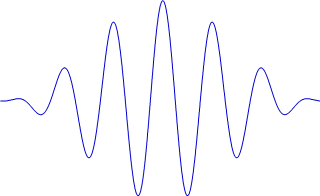Tone Burst Measurement (TBM)
Features and Benefits
- Maximum short-term SPL (ANSI/CEA)
- Harmonic distortion versus frequency and amplitude
- Sinusoidal transient stimulus (cycles, band-width)
- Complex compensation of sound reflections in non-anechoic environment (room)
The TBM Module uses a transient sinusoidal burst to measure the peak SPL and harmonic distortion versus frequency and amplitude according to Standards ANSI/CEA-2010, ANSI/CEA-2034 and IEC 60268-21. If the distortion exceeds a user defined threshold, the input amplitude will be not increased to prevent a damage of the device under test. A second state variable (displacement, voltage, current) can be measured simultaneously. Acoustical measurements can be performed in a non-anechoic environment by compensating the room reflections by inverse filtering of the microphone signal.
Specification
Standard Measurement
Test Objects
- Any (except Suspension Parts)
Requirements
Test Hardware
PC
Software
- dB-Lab 210.820 or higher
Accessories
- Power Amplifier
- KA3 Amplifier Card or
- 3rd party amplifier
- Microphone (optional)
- Laser (optional)
Application Notes
Templates
Operation and/or object templates for this module are available when creating a new operation or object in dB-Lab. This provides application specific setups and standard conforms tests.
Please find details on templates in Application Note AN 1001.
Related Information
Other Modules of the R&D System
- Multi-Tone Measurement (MTON)
Module provides sound pressure level (SPL) based characteristics using a multi-tone stimulus - Transfer Function Measurement (TRF)
Measurement of transfer function and harmonc distortion - In-Situ Room Compensation
Standards
- Consumer Electronics Association
CEA-2010-A (ANSI), CEA-2010-B (ANSI), CEA-2034 (ANSI) - International Electrotechnical Commission
IEC 60268-21


